Boston, Massachusetts is one of those cities that you have to visit at least once (personal opinion). It truly has it all; from its rich history to its vibrant culture. The truth is that it doesn’t matter if you’re a history buff, a foodie, or a nature lover, Boston has something for everyone.
Without a doubt, it is one of the most historic, wealthy, and influential cities in the United States of America. It is best known for its famous baked beans, Fenway Park, and Fine arts. It is the eighth-best city in the world in terms of quality of life. Boston neighborhoods offer outdoor opportunities for fresh air and exercise without having to leave the city limits. The city gets 16.3 million visitors a year, making it one of the ten most popular tourist locations in the country.
The context
As always the first thing is to understand a bit about the place we are so fondly writing about.
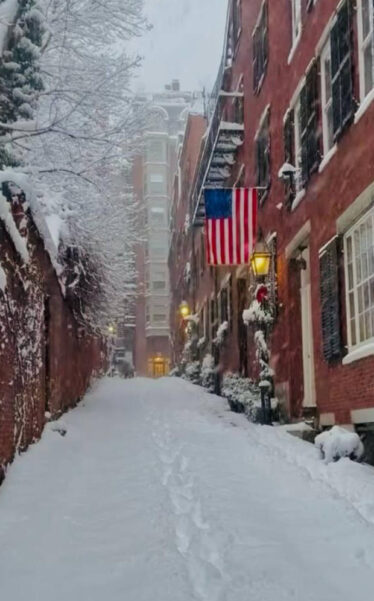
Boston is the capital and most populous city in the Commonwealth of Massachusetts. It is also the cultural and financial center of New England in the Northeastern United States.
Boston is one of the United States’ oldest municipalities. It was founded on the Shawmut Peninsula in 1630 by Puritan settlers (English protestants in the 16th and 17th centuries) from Boston, Lincolnshire.
During the American Revolution, several key events took place here. Some of them were: the Boston Massacre (a confrontation that took place on March 5, 1770, in which nine British soldiers shot several people), the Boston Tea Party (an American political and mercantile protest on December 16, 1773, by the Sons of Liberty in Boston in colonial Massachusetts.
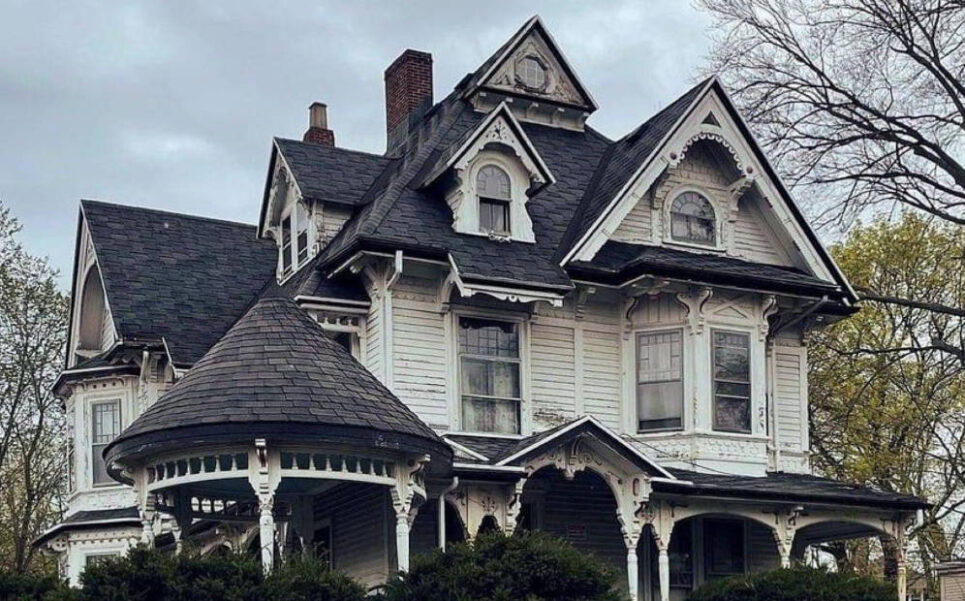
The problem was that the British East India Company could sell tea from China in American colonies without paying taxes), the Battle of Bunker Hill, and the siege of Boston (was the opening phase of the American Revolutionary War).
Following American independence from Great Britain, the city continued to play an important role as a port, manufacturing hub, and center for education and culture.
The city is known for having many first moments in the United States of America. A perfect example of this are: first public park (Boston Common, 1634), the first public school (Boston Latin School, 1635), the first subway system (Tremont Street subway, 1897), and the first large public library (Boston Public Library, 1848).
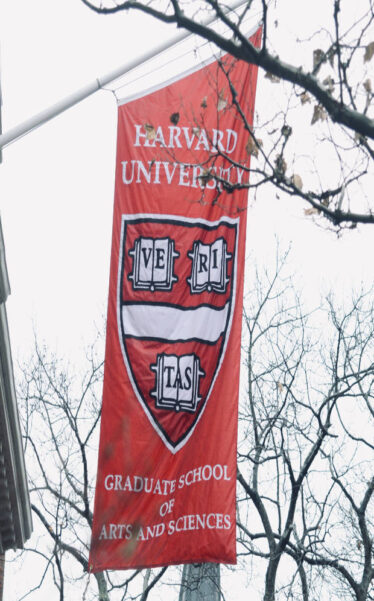
In the 21st century, Boston emerged as a global leader in higher education and academic research.
This is home to many colleges and universities. Some of them are Boston University, Suffolk University, Tufts University, Harvard, and MIT, amongst others.
The city is also a national leader in scientific research, law, medicine, engineering, and business.
The English town of Boston is the inspiration for the city of Boston. First-generation residents from Boston, England, called the town “Boston.”
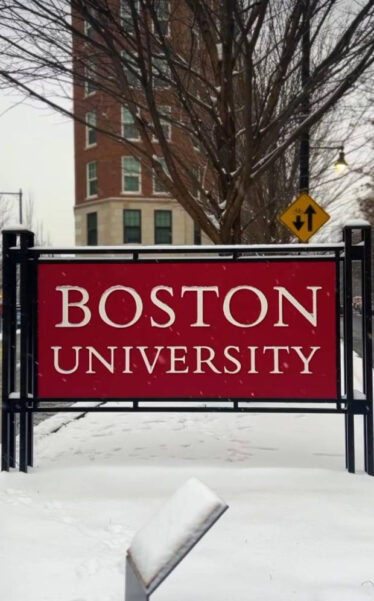
What happened was that on September 30, 1630, one of Johnson’s last official acts as the leader of the Charlestown community was to name their new settlement across the river “Boston”.
He named the settlement after his hometown in Lincolnshire, the place from which he, his wife (namesake of the Arbella), and John Cotton (grandfather of Cotton Mather) had emigrated to New England.
The name of the English town ultimately derives from its patron saint, St. Botolph, in whose church John Cotton served as the rector until his emigration with Johnson.
It is important to note that Boston is a relatively small city and is easy to navigate on foot or by public transportation. The city’s subway system, known as the “T,” is a convenient and affordable way to get around.
Tourism is an important industry in Boston. The majority of visitors to Boston come from within the United States, with top feeder markets including New York, California, and Florida. Additionally, international visitors also play a significant role in Boston’s tourism industry, with Canada, the United Kingdom, and China being the top three source markets.
The Boston Convention and Exhibition Center is one of the largest convention centers in the United States, hosting over 200 events and attracting over 600,000 attendees annually.
The best time to visit Boston is during the fall (September-November) when the weather is mild and the foliage is beautiful. Spring (March-June) is also a popular time to visit, as well as summer (June-August), although it can be crowded and hot.
A culinary wonderland
Boston is a culinary wonderland. This is to note that it offers an exquisite blend of flavors and culinary experiences. There is absolutely everything. From chowder to lobster rolls, the city’s seafood scene is to die for.
The Quincy Market is perfection. It is a historic building near Faneuil Hall in downtown Boston. It was constructed between 1824 and 1826 and named in honor of Mayor Josiah Quincy, who organized its construction without any tax or debt.
It is one of the largest market complexes built in the United States in the first half of the 19th century. In 1996 it was designated as a Boston Landmark.
Here people can find a cluster of international cuisines. However, if you are in the mood for a traditional New England fare then Faneuil Hall, is the place to go.
But, seafood is the star of the town. I am talking about several styles of lobster rolls a huge number of dollar-oyster deals to outstanding sushi, not to mention the casual fried clam shacks that are especially prevalent north of the city.
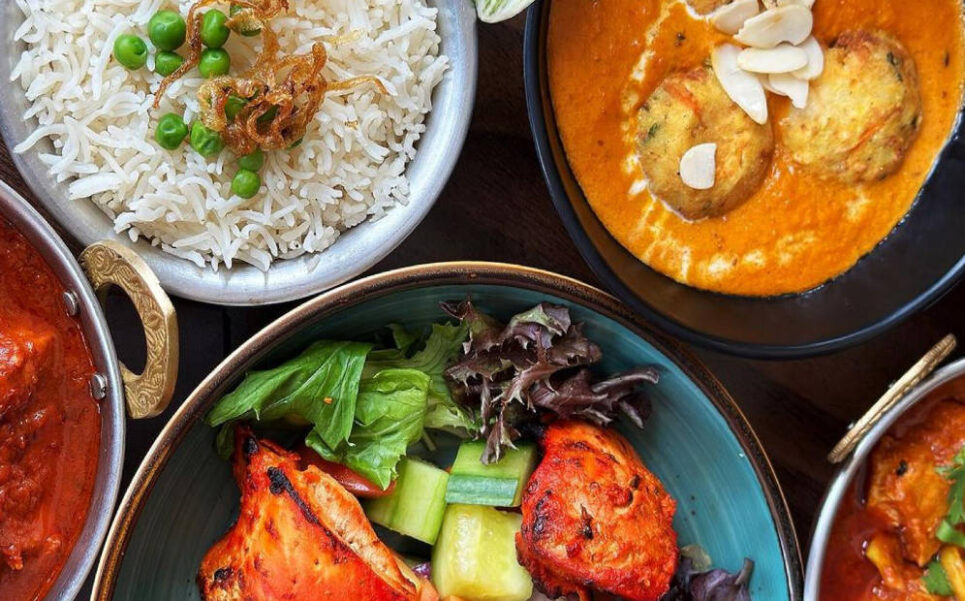
The South Boston’s Seaport District is the best place for lobster rolls, clam chowder, oysters, and other fruits of the sea. Dine at sleek spots with floor-to-ceiling glass serving up welcome views of the harbor.
Beyond seafood, other regional specialties include North Shore-style roast beef sandwiches, South Shore-style bar pizzas, and even oddities like the chop suey sandwich of Salem and the chow mein sandwich of Fall River.
The Boston area also has incredible pockets of food from specific countries and regions of the world. Chinatown and the North End (the latter featuring Italian food) are probably the best-known but don’t miss, for example, the Vietnamese food in Dorchester, the Caribbean food in Jamaica Plain, or the Armenian food in Watertown.
Baked Beans are a variety of baked beans, sweetened with molasses, and flavored with salt pork or bacon.
The region has two main styles of baked beans: Boston baked beans and Maine baked beans. The difference between the two styles is that Boston beans are made with small white navy beans or pea beans with thin skin while Maine beans are made with native bean varieties with thicker skins. The varieties used in Maine are Marafax, and soldier, and the most popular baked bean variety in Maine is the yellow-eye.
Both varieties are often made with salt pork or bacon. However, there is also a long tradition of vegetarian baked beans made with the same recipe as Boston baked beans or Maine baked beans but made without the addition of salt pork or bacon.
Italians first settled in this city in the late 19th century and Boston’s North End*, though gentrified, is still a hive of Italian culture. Eat your way around the district, making time for pint-sized, mom-and-pop trattorias, veteran bakeries, and cafés doling out gelato. If you try nothing else, sample a cannoli — a crisp tube of pastry generously filled with sweet ricotta. You’ll find the best at Mike’s Pastry.
A Cultural Haven
Each neighborhood in Boston has its distinct charm creating a diverse culture.
The south end is hip and trendy. It’s the place to find art galleries, boutiques, and charming brownstones.
Chinatown is vibrant.
Back Bay was built on reclaimed land in the Charles River basin. It is there you can find the magical BPL regally sits across from Copley Square, attracting scores of student groups, visitors, and casual book-browsers to its multi-faceted complex. The labyrinthine structure is a joy to get lost in; be sure to visit the cloistered courtyard, a most tranquil place to linger.
It is home to The Trinity Church. unabashedly ornate Trinity Church is the visual centerpiece of Copley Square. The church is known for its extensive murals. The impressive stained-glass windows include four that were designed by the English Pre-Raphaelite painter Edward Burne-Jones and made by Arts and Crafts pioneer William Morris.
I am a personal fan of the Mapparium, the world’s largest walk-in globe, which is among the city’s quirkiest landmarks. Essentially a three-story model of the globe built to scale, the perfect sphere runs 30 feet in diameter and can be crossed using a glass bridge that bisects its interior. The 608 stained-glass panels recreate the world as it was in the mid-1930s when the project was completed. (Geography aficionados will notice the outdated borders and names.)
The North End is simply gorgeous. It’s steeped in the city’s rich history as it holds the title of Boston’s oldest neighborhood and houses three attractions on the Freedom Trail. What makes this neighborhood a top point of interest is its Italian culture, considered as the city’s Little Italy.
While Italians weren’t the first to settle in this area (English settlers arrived first then European Jews, African Americans, and Irish immigrants), their cultural influence on the North End withstood the test of time.
That means that nowadays you’ll find all kinds of Italian food from classic pizza served at the popular Regina Pizzeria to Sicilian-style seafood, such as black linguine (made with squid ink) and calamari meatballs at The Daily Catch.
The neighborhood is also known for throwing a pretty memorable party. Every summer, the North End hosts Italian feasts and traditional processions to honor a handful of saints. The biggest feast and most popular summertime event is Saint Anthony’s Feast, which is held in late August. Dubbed the largest Italian Religious Festival in New England, the event features live entertainment, parades, and more than 100 pushcarts full of delicious Italian food.
Fun for the family
Maybe people think that a city filled with so much history is only for growth. They would be mistaken. There are many different options.
The Boston Museum of Science is a great destination for families with kids.
Parents and children alike will marvel at the exhibits. The musical staircase called Soundstair is a cool place for kids to burn off some energy. There is an interactive playground at Science in the Park where you can learn about momentum, mechanical advantage, and harmonic motion.
Within the Museum, you will find the Mugar Omni Theatre. It is a dome-based IMAX experience that always has exciting new documentaries to enjoy. The theatre is located right next to the planetarium.
I believe that the Boston Children’s Museum is very cool and has many things to offer. Young kids will have lots of fun in the bubble room. It is located in the Fort Point Channel. This means that there are great views of the city over the waterway and refreshing breezes.
Of course, a visit to Boston wouldn’t be complete without a visit to the New England Aquarium on Boston’s scenic Waterfront. The unique four-story central tank shows off all the colorful inhabitants of its Caribbean coral reef, complete with small sharks, many varieties of fish, and a huge sea turtle. It is important to note that it is a nonprofit research and conservation organization that has protected and cared for our ocean and marine animals for more than 50 years.
Sports and things not to miss
Something that is never lost is the huge love for sports all Bostonians have. The sports culture here is infectious.
They include the Red Sox (baseball), the Celtics (basketball, in the state where the sport was invented), and the Bruins (ice hockey). The New England Patriots (American football) and the New England Revolution (soccer, or association football) play at Gillette Stadium in nearby Foxborough, Massachusetts.
An interesting fact is that according to American folklore, Pilgrim observed a form of soccer called pasuckuakohowog that was played by Native Americans along the Massachusetts coast as early as 1620.
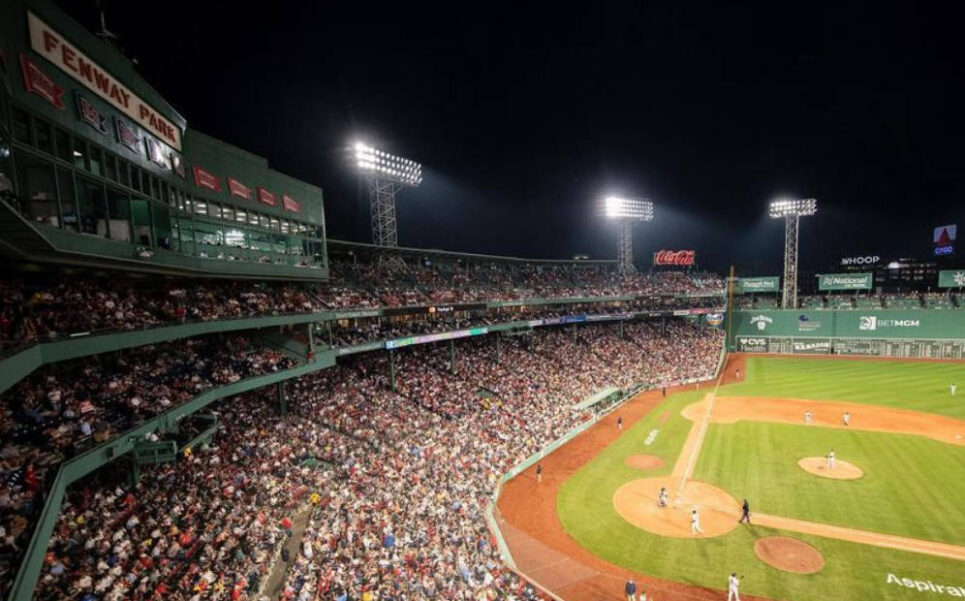
This city offers many things, sites and activities. Some of them are as follows.
1. The Freedom Trail. It is 2.5 miles long. It goes by 16 of the city’s most historic sites the city has to offer. Some of this famous sites are: Faneuil Hall Marketplace, the Paul Revere House and Old North Church. To start your trail tour, take the Red or Green Line to Park Street Station and head to the Boston Common Visitor Center. You need at least half a day to do it all and please dont forget to use comfortable shoes. Most people would agree that the trail is easy to navigate, on the other hand, some recommend a guided tour or downloading an app to tell you about the sites.
2. Boston Public Garden. This garden is next to Boston Common but they are very different. The public garden was established in 1837 and holds the distinction of being America’s first public botanical garden. Flowers and trees are beautifully organized and kept in quality condition throughout. The park houses two of Boston’s most iconic statues: Make Way for Ducklings and a sculpture of George Washington (which shows America’s first president riding on a horse).
3. Boston Common. The grounds of Boston Common started as a cow pasture in the mid-1600s. It was also used for Puritan punishments, like whipping, and even for hangings. You’ll also find a variety of activities and events hosted hroughout the year. It is a great for picnics or a leisurely stroll like relaxing by the serene Frog Pond.
4. Museunm of fine arts. This is one of the most comprehensive art institutions in the country. It is home to one of the best art collections in the world, including the celebrated Art of the Americas wing. There is an impressive collection of Asian art here, plus works from Monet, Renoir, Manet and Rembrandt on display.
Changing of pace, if you are craving for some outdoor adventures, that is not an issue at all.
Kayaking on the Charles River is a great plan. The best moment to do so is from summer to early fall. There are 2 locations near Boston: Cambridge, at Kendall Square, and Allston/Brighton at Christian A. Herter Park. The Cambridge location is the most accessible by public transport and offers the best views of the city.
Boston is surrounded by tiny natural islands, the closest and most popular being Spectacle Island.The island was initially composed of two small drumlins connected by a spit. The name is believed to derive from its then-resemblance to a pair of spectacles. It is currently a public park with a marina, visitor center, cafe, lifeguarded swimming beach, and five miles of walking trails.
There’s nothing like a city skyline at sunset. There are many operators offering sunset cruises. Some may offer food and drinks in the package too, while others are focused on the ride itself.
The Emerald Necklace connects 1,1000 acres of parks and ponds, running from Fenway and Back Bay all the way to Franklin Park. One of my favorite spots along the Emerald Necklace is Jamaica Pond, which has a 1.5-mile trail around it.
In the summer, you can rent rowboats and kayaks for $15-20 per hour. You can also take private sailing lessons for cruises for $45 per hour.
Jamaica Pond is perfect for runs, walks, picnics, and fishing (the lake is stocked with rainbow trout each spring).
Other popular stops are Leverett Pond, the Arnold Arboretum, Franklin Park, and the Back Bay Fens.
Boston is generally a safe city for tourists. However, as with any major city, it’s important to take common-sense safety precautions and be aware of your surroundings.
More than a Beantown
The truth is that Boston is so much more than a beantown. It has been called this way because of the slow cooked beans in molasses.
It is one of the most diverse city in America that I have been to. The cultural richness comes from various racial and ethnic groups distributed all around the area.
In conclusion, Boston offers a captivating blend of history, culture, and endless beauty. People should explore its landmarks, indulge in its culinary delights, and immerse themselves in its vibrant neighborhoods. It is important to embrace the beauty of nature and experience the city’s passionate sports culture.
With its pixie blue bridge, swan-filled lake, and drooping willow trees, it is a magical storybook fairyland.


